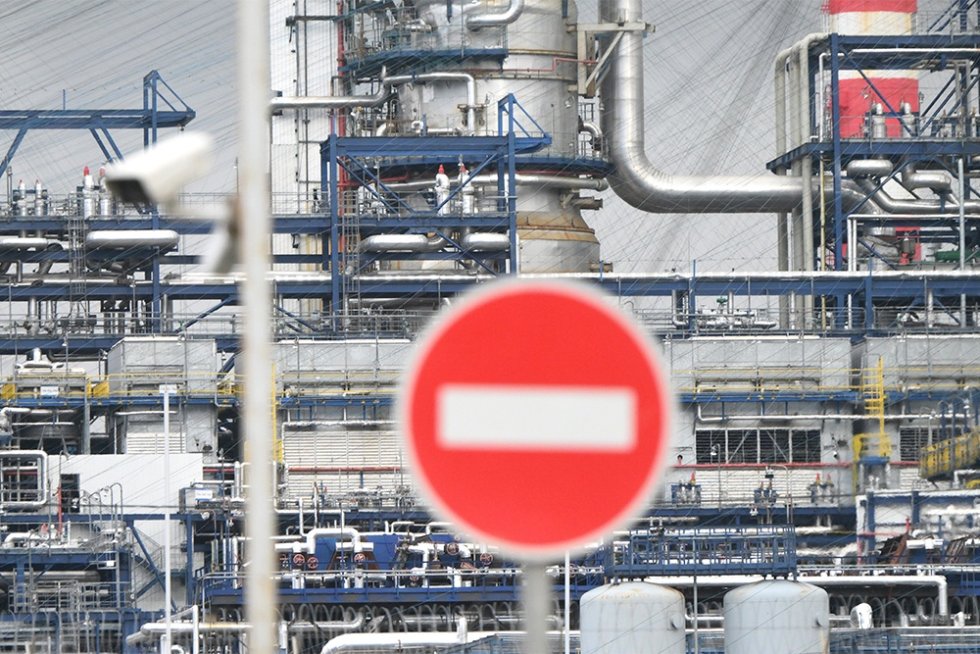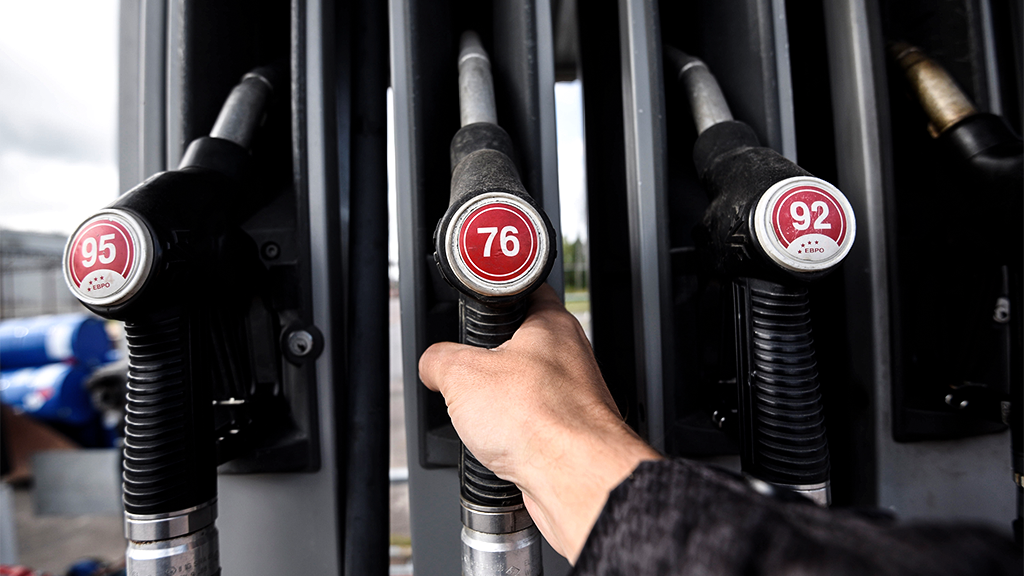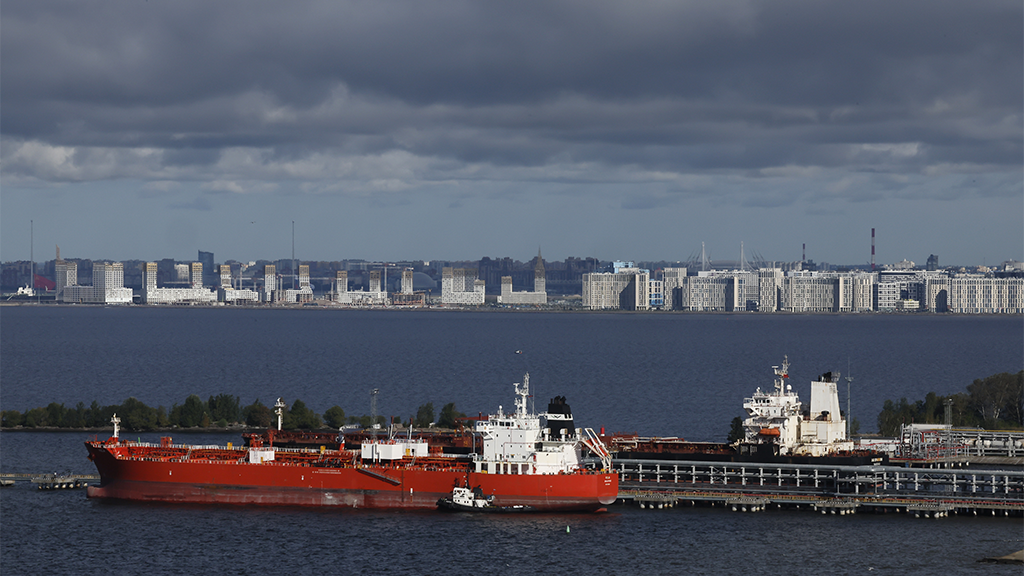Fuel prices for petrol and diesel have not collapsed following the ban on the nullification of subsidies for oil producers supplying fuel to the domestic market (the damping mechanism), which has been introduced from 1 October this year until 1 May 2026. This effectively confirms the statements of experts who regard the ban as a measure to support oil refineries rather than an attempt to directly influence fuel prices. However, the ban is expected to eventually impact the price of petrol and diesel fuel (D) in the long run.
In the retail market, it is too early to expect an effect; prices may only stabilise or slow down at least two weeks after a significant decrease in exchange quotations. However, there have currently been no significant changes on the St. Petersburg Exchange. Petrol A-92 has continued to rise slowly in price, A-95 has slightly decreased, and D quotations have remained at previous levels. Demand for fuel is high, and the transition to more expensive winter D grades is gradually commencing, which is reflected in retail diesel prices.
According to Yuri Stankevich, Deputy Chairman of the State Duma Committee on Energy, the impact of the president's decree (the ban on nullifying the damping mechanism) is expected to manifest within the forthcoming weeks. He believes that the decision is linked to activities related to the completion of unscheduled repairs at refineries and the accumulation of fuel reserves in the regions.
Additionally, for August, oil producers have already not received the damping mechanism for petrol, and it appears they may not receive it for September either. During these months, the exchange price exceeded the threshold for obtaining subsidies from the budget, and the ban only commenced on 1 October. This presents additional costs which oil companies can only offset through high wholesale prices that are primarily influenced by exchange quotations. Nevertheless, there is a nuance here.
As noted by Dmitry Gusev, Deputy Chairman of the Supervisory Board of the "Reliable Partner" association and a member of the expert council of the "Fuel Stations of Russia" competition, the primary factor driving the increase in exchange prices is surprisingly the prices in the small wholesale segment, which in some regions are reported to be 10,000 to 30,000 roubles higher than in the large wholesale sector. Essentially, considering the regulation of large wholesale, through the damping mechanism and the adjustment of exchange trading, retail regulation via inflationary price growth limits has neglected the small wholesale segment, which now acts as a market tool reflecting real supply and demand. Since prices in this segment considerably exceed exchange quotations, there is a rush to buy in large wholesale at any price, knowing that substantial profits can be made by selling fuel in the small wholesale segment. Consequently, until regulators pay attention to the small wholesale market, the rise in exchange prices will persist. However, in November, at the latest by December, the increase in prices is expected to halt simply due to a decrease in demand, according to the expert.
Sergey Frolov, Managing Partner at NEFT Research, believes that wholesale prices will remain at their peaks until the market reaches equilibrium. While the high season for petrol consumption has ended, production issues are still preventing market balance. The expert anticipates that high exchange prices will continue for at least another month.
As winter approaches, the rise in prices is expected to cease owing to a potential decrease in demand.
He emphasises that prices at the filling stations of major oil companies are being artificially controlled, with petrol being sold below profitability. In the independent segment, some stations have already stopped selling petrol due to supply shortages and unviable sales. Competing with vertically integrated oil companies (VINKs), which manage the entire production cycle from oil extraction to the sale of fuel at stations, has become increasingly unfeasible for them.
A similar perspective is shared by Mark Shumilov, an analyst for resource sectors at Renaissance Capital. He identifies insufficient fuel output due to damages at refineries as the main reason for the rising prices. According to his estimates, it will take from several weeks to two months for the plants to restore their previous production volumes. In the absence of new unforeseen events, it can be expected that petrol and diesel prices will normalise as the year draws to a close. Additionally, minor volumes of fuel imports from other countries may contribute to price reductions, the expert clarifies.
Conversely, Sergey Tereshkin, CEO of the OPEN OIL MARKET fuel marketplace, maintains that if exchange prices are no longer factored into the damping mechanism calculations, there will be no incentives to restrain them. Therefore, price increases are expected to continue in the upcoming weeks and months. The de facto abandonment of the damping mechanism's nullification is a measure to support oil processing under circumstances where there are no funds in the budget to increase subsidies for refineries. Oil producers need to finance unscheduled repairs at refineries, and revenue from fuel sales on the exchange may be one source of covering these costs.
Expectations for a slowdown in price rises in December may be unrealistic: in retail, the increase in petrol prices could exceed 15% by the end of 2025 (December to December), Tereshkin asserts.
Amid heightened market nerves, various proposals have emerged regarding how to accelerate the cessation of rising exchange quotations and, subsequently, prices at filling stations. The National Automobile Union (NAU) has suggested establishing maximum allowable prices (price ceilings) for petrol and diesel at filling stations, as reported by "Izvestia."
However, experts view this initiative with considerable scepticism. It cannot be implemented as it would lead to further market tension: an increase in shortages and the closure of independent filling stations, Stankevich explains. The union's rationale is understandable, but such a path would necessitate further action, including fixing prices not only for fuel but also for vehicles, spare parts, all consumables, and goods in the shops at filling stations. Among all potential options, this is the worst in the current conditions, and the government is unlikely to pursue it, he believes.
Frolov considers the NAU's proposal to be populism. The only outcome of such a price freeze would be the bankruptcy of independent filling stations and the closure of some VINK stations. Tereshkin points out that administrating such a system would be challenging, rendering this measure as ineffective as the price ceiling regarding the export of Russian oil.
Sources: RG.RU




